From life-saving medical breakthroughs to everyday essentials, Canadian inventors have shaped global progress in ways most people don’t realize. Whether it’s insulin that saved millions, or the snowblower that saved winters, these creations reflect a blend of practicality, curiosity, and sheer northern ingenuity. Here are 20 Canadian inventions that changed the world.
Insulin

In 1921, Frederick Banting and Charles Best at the University of Toronto discovered insulin, revolutionizing diabetes treatment. Before their breakthrough, a diabetes diagnosis was a near-certain death sentence. Their work transformed the disease into a manageable condition, saving millions of lives globally. Banting received the Nobel Prize in 1923 and famously sold the patent for just $1 to make it widely accessible. Today, insulin remains essential for over 400 million people worldwide, and Banting’s humanitarian decision still stands as one of medicine’s most selfless and impactful acts.
The Pacemaker
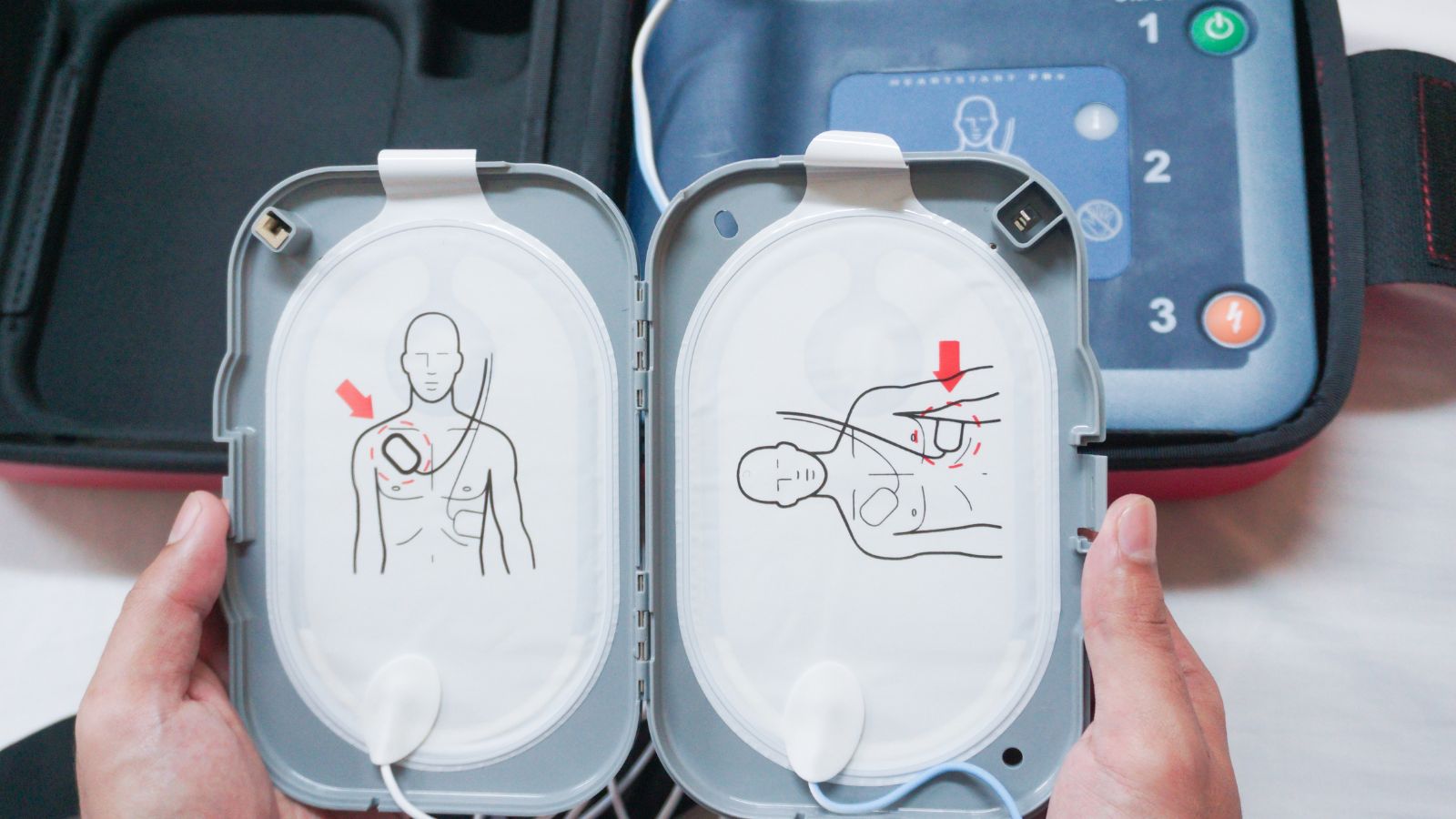
In 1950, electrical engineer John Hopps created the first external artificial pacemaker in Winnipeg. His design used electrical impulses to regulate heartbeats, a concept inspired by research on hypothermia and cardiac arrest. Later refinements by Wilfred Bigelow and John Callaghan made the pacemaker smaller and implantable. The invention revolutionized cardiac care, granting millions longer and healthier lives. Modern pacemakers owe their foundation to Hopps’s pioneering work, which turned a scientific curiosity into a life-saving technology that remains a cornerstone of medical innovation.
The Telephone
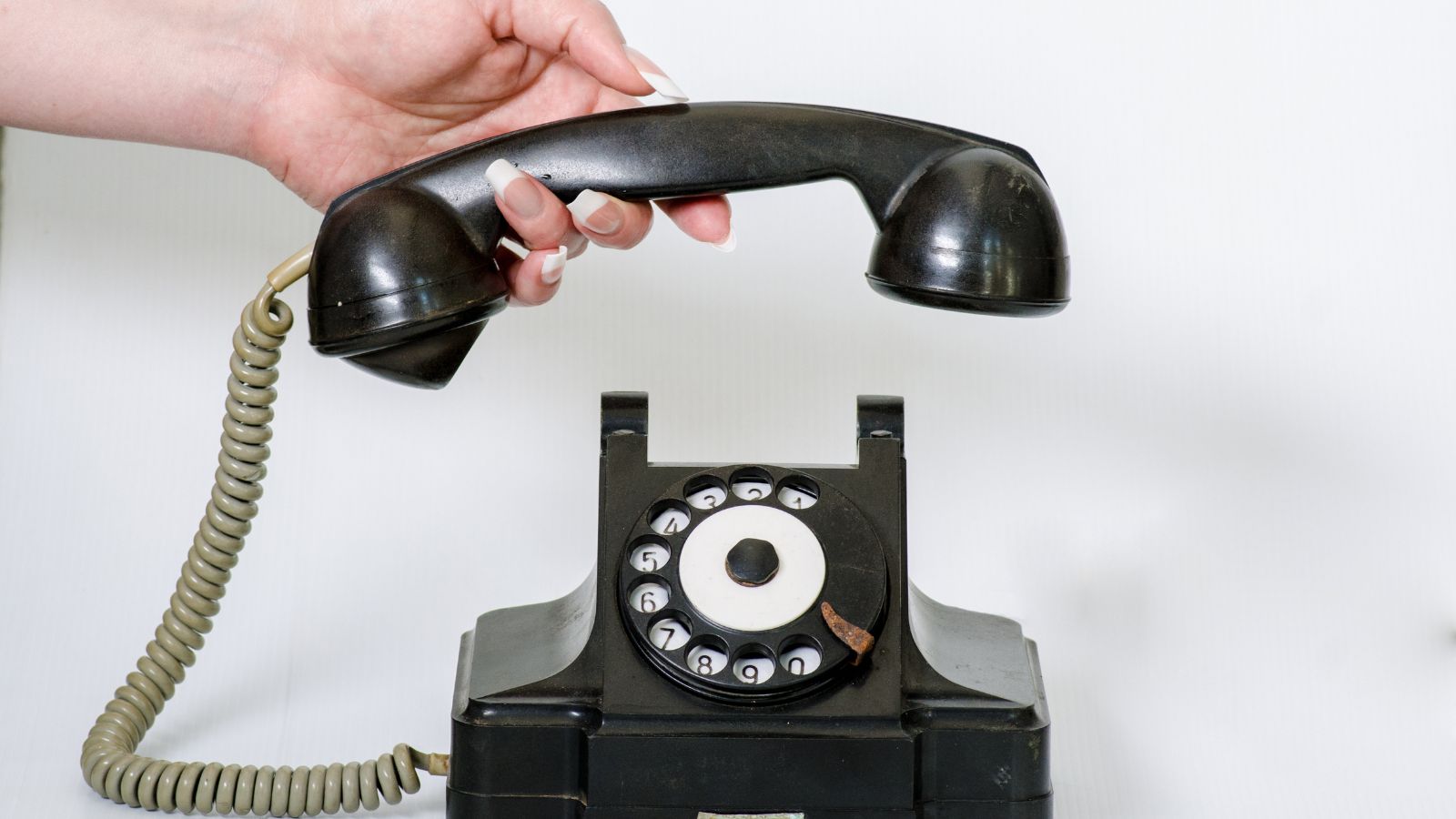
Alexander Graham Bell, who conducted his experiments in Brantford, Ontario, invented the telephone in 1876. His groundbreaking success in transmitting speech electrically changed communication forever. The invention eliminated geographic barriers and laid the foundation for modern telecommunications. Bell’s work turned Brantford into “The Telephone City,” and his company would later evolve into a global industry leader. More than a century later, every smartphone call traces its roots back to Bell’s simple yet world-shifting experiment in sound transmission.
IMAX

In 1967, Canadian filmmakers Graeme Ferguson, Roman Kroitor, Robert Kerr, and engineer William Shaw developed IMAX technology. Their large-format film system offered unmatched clarity and immersion, first showcased at Expo ’70 in Osaka, Japan. IMAX redefined cinema by combining technical excellence with artistic storytelling, giving audiences a larger-than-life experience. From documentaries to blockbusters, IMAX became the global gold standard for premium viewing. Its Canadian origins remind us that innovation doesn’t just improve life, it can also make it spectacularly entertaining.
The Snowmobile

Joseph-Armand Bombardier built the first practical snowmobile in 1937 to help rural communities navigate snowy terrain. His early design, the B7, used a tracked system to glide across deep snow, transforming winter travel. Over time, his creation evolved into the recreational Ski-Doo, sparking an entire industry of winter sports. Beyond leisure, the snowmobile became essential for Arctic transportation, rescue missions, and remote access. Bombardier’s invention remains a Canadian symbol of resilience, innovation, and adaptability to extreme climates.
The Robertson Screwdriver
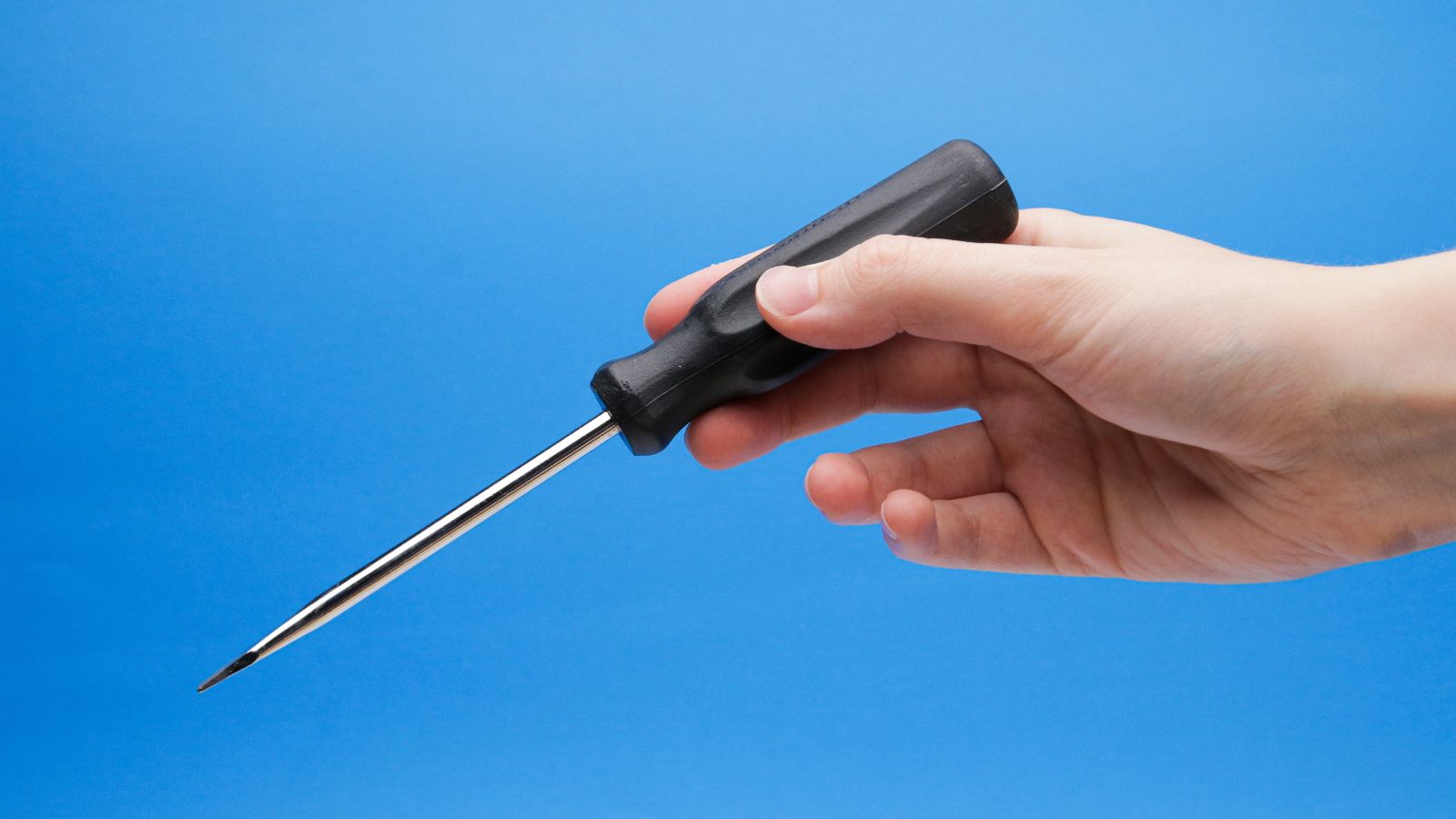
Inventor Peter L. Robertson introduced the square-socket screwdriver in 1908, improving grip and reducing slippage compared to flathead or Phillips designs. This small but genius adjustment increased manufacturing efficiency and safety, allowing one-handed use and better torque control. Though Henry Ford admired the design, licensing issues prevented its use in Ford factories. Still, the tool became a staple in Canadian construction and beyond. The Robertson screwdriver remains a global favorite among professionals, proving that simplicity can be revolutionary.
Pablum
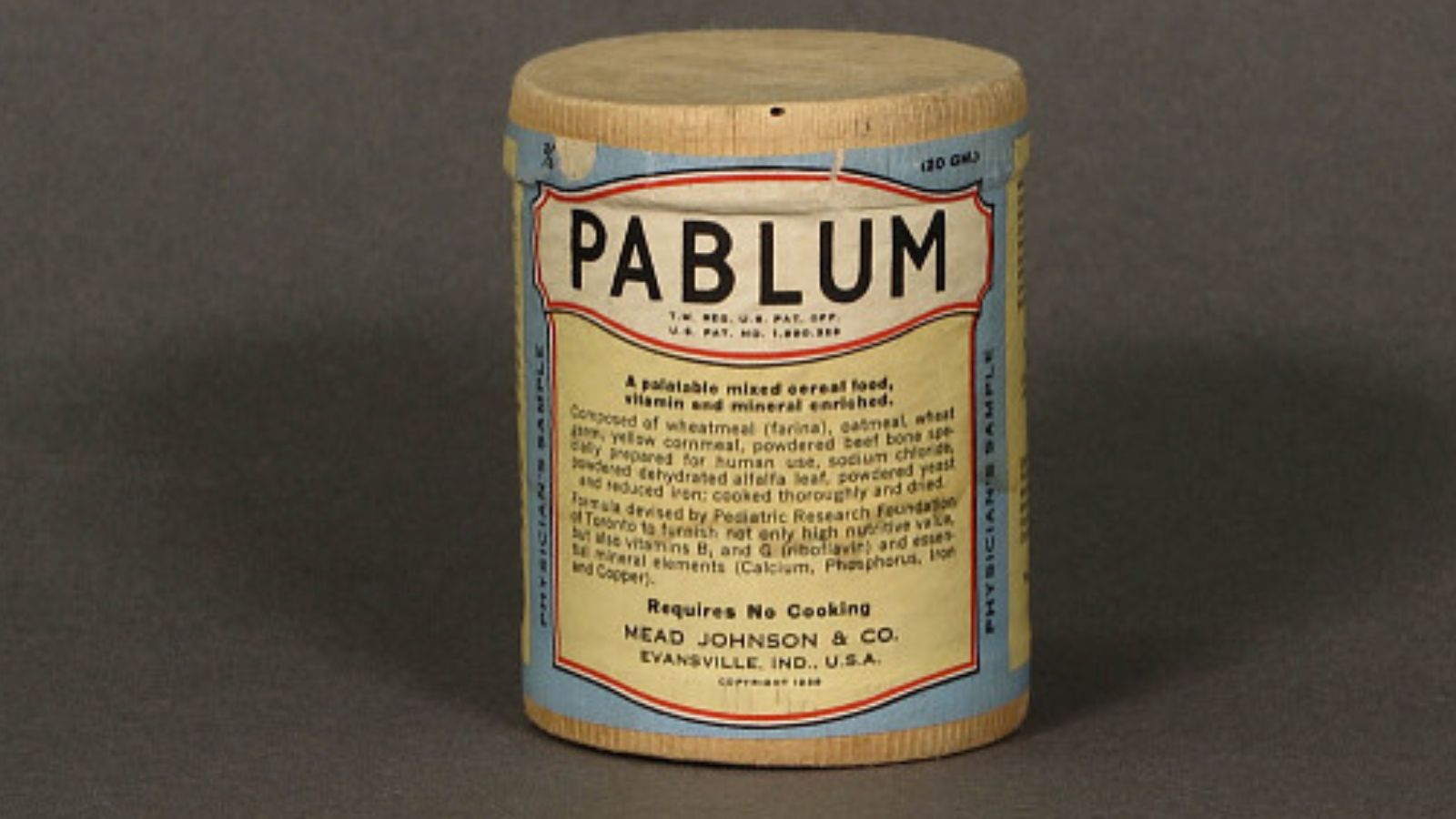
Developed in the 1930s by Toronto doctors Frederick Tisdall, Theodore Drake, and Alan Brown, Pablum was the first vitamin-enriched baby cereal. It solved widespread childhood malnutrition by making nutrition easy and affordable for parents. The pre-cooked cereal became a global staple, and profits were used to fund further medical research. Its success helped reduce infant deficiency diseases and inspired the entire baby food industry. Pablum demonstrated that thoughtful nutrition could transform public health, one spoonful at a time.
The Electron Microscope

In 1938, James Hillier and Albert Prebus at the University of Toronto built North America’s first practical electron microscope. Their invention allowed scientists to see details far smaller than visible light permitted. With magnification hundreds of times greater than traditional microscopes, it opened new frontiers in biology, materials science, and medicine. Their design advanced global research and helped uncover the hidden structures of cells, viruses, and atoms. This pioneering tool remains one of the most important instruments in scientific discovery.
Canadarm

Created by SPAR Aerospace in the late 1970s, the Canadarm robotic system became an essential part of NASA’s Space Shuttle missions. First used in 1981, it deployed satellites, repaired equipment, and assisted astronauts during spacewalks. Its advanced control systems made it a symbol of precision engineering and international collaboration. Later versions like Canadarm2 now operate on the International Space Station. This robotic arm proved that Canadian technology could perform flawlessly, even in the harsh vacuum of space.
The Paint Roller
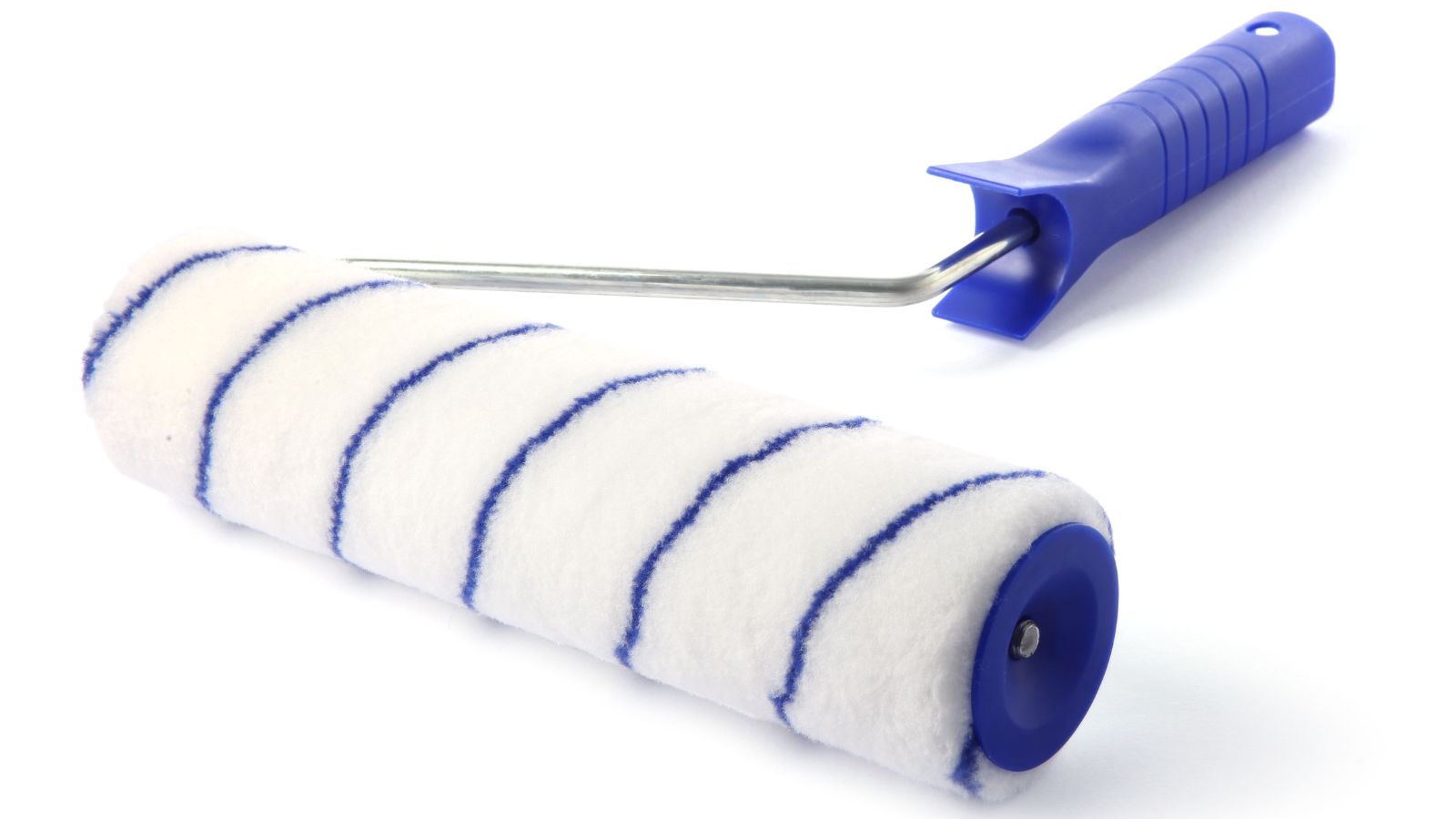
In 1940, Toronto inventor Norman Breakey made painting easier by creating the paint roller. His simple tool, combining a rotating drum and absorbent fabric, evenly distributed paint on walls without streaks. It revolutionized home renovation and professional painting alike. Despite not securing a lasting patent, Breakey’s idea spread globally and remains essential in every painter’s toolkit. The roller turned a messy chore into a quick task, showing that innovation doesn’t always need complexity to make a lasting impact.
Standard Time

Sir Sandford Fleming proposed the system of 24 global time zones in 1879 after railway schedules became too confusing due to inconsistent local times. His system brought worldwide order to timekeeping and was officially adopted in 1884. The concept made modern communication, transportation, and commerce possible by synchronizing clocks across continents. Fleming’s idea changed how humanity organizes its days, one of the few inventions that truly unites the entire planet through precision and coordination.
The Electric Wheelchair

George Klein invented the first electric wheelchair in the 1950s to help World War II veterans regain independence. His design integrated a battery-powered motor and joystick control, vastly improving mobility for people with disabilities. The innovation sparked the development of modern assistive technologies and became a global standard in healthcare equipment. Klein’s creation wasn’t just about movement, it was about dignity, accessibility, and autonomy for millions worldwide. His design remains one of Canada’s most compassionate engineering achievements.
The Garbage Bag

In 1950, Winnipeg inventors Harry Wasylyk and Larry Hansen created the world’s first disposable polyethylene garbage bag. Initially designed for commercial use, it was later adapted for households. The invention transformed sanitation practices, reducing disease spread and improving cleanliness in cities. Union Carbide later mass-produced it under the brand “Glad,” making it a global household essential. Though often taken for granted, the garbage bag remains one of the most practical Canadian inventions, quietly improving lives everywhere.
The Pager
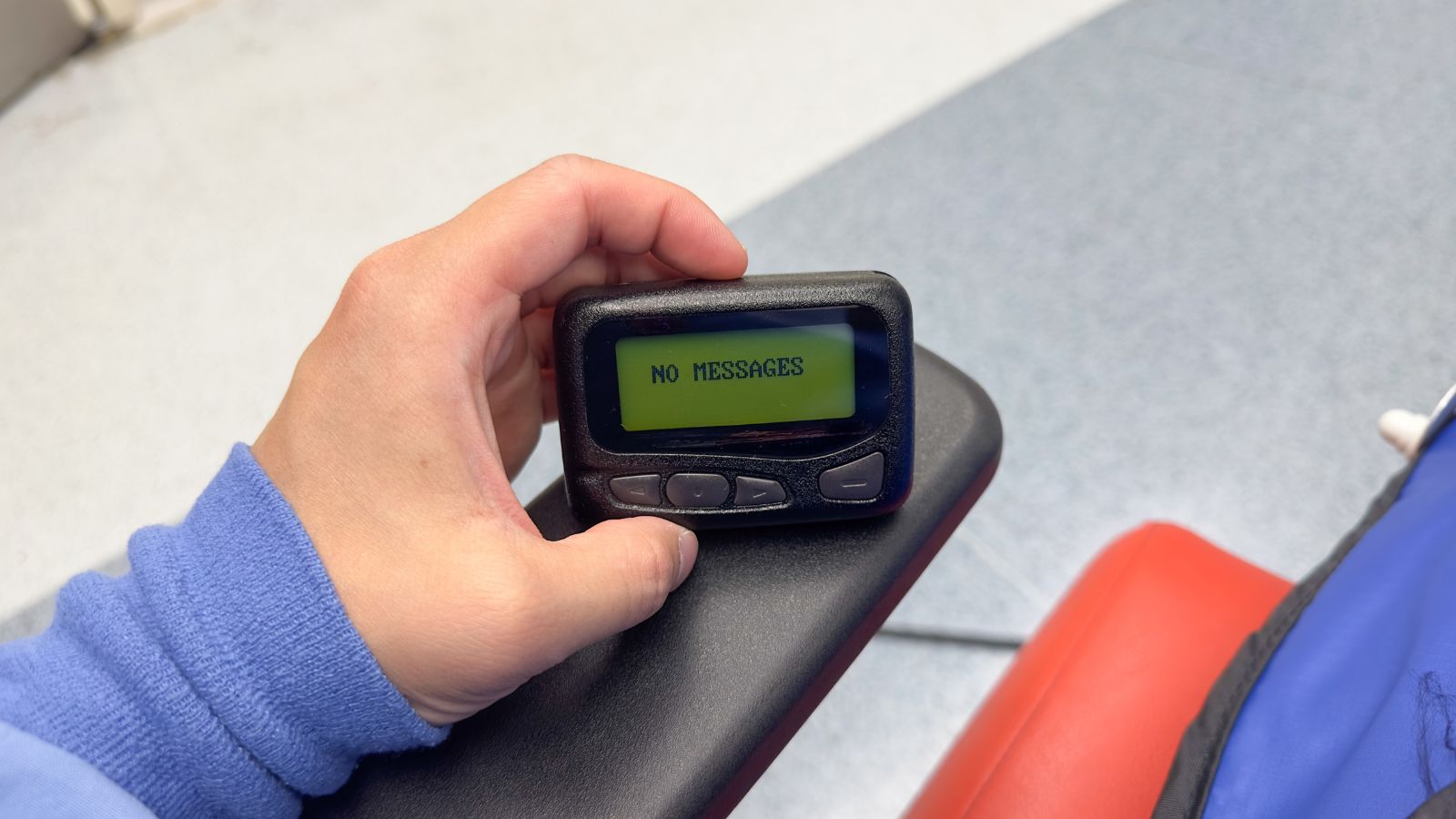
Bell Northern Research engineers in the 1970s pioneered pager technology that allowed wireless transmission of short messages. These compact devices became vital tools for doctors, emergency services, and professionals needing instant communication. Pagers provided reliable contact long before mobile phones existed. The system’s simplicity and dependability shaped modern wireless communication, laying the groundwork for text messaging and notification systems. Even though pagers have faded, their role in connecting people efficiently remains historically significant.
Peanut Butter (Modern Process)

Montreal inventor Marcellus Gilmore Edson patented the process for making smooth peanut paste in 1884. His method roasted and ground peanuts into a creamy, digestible spread designed as a protein source for patients unable to chew. This innovation laid the foundation for modern peanut butter manufacturing. Edson’s patent predates American versions, making him the true pioneer of a global favorite. The nutritious spread soon became a household essential, proving that even simple food processing can change diets worldwide.
The Alkaline Battery
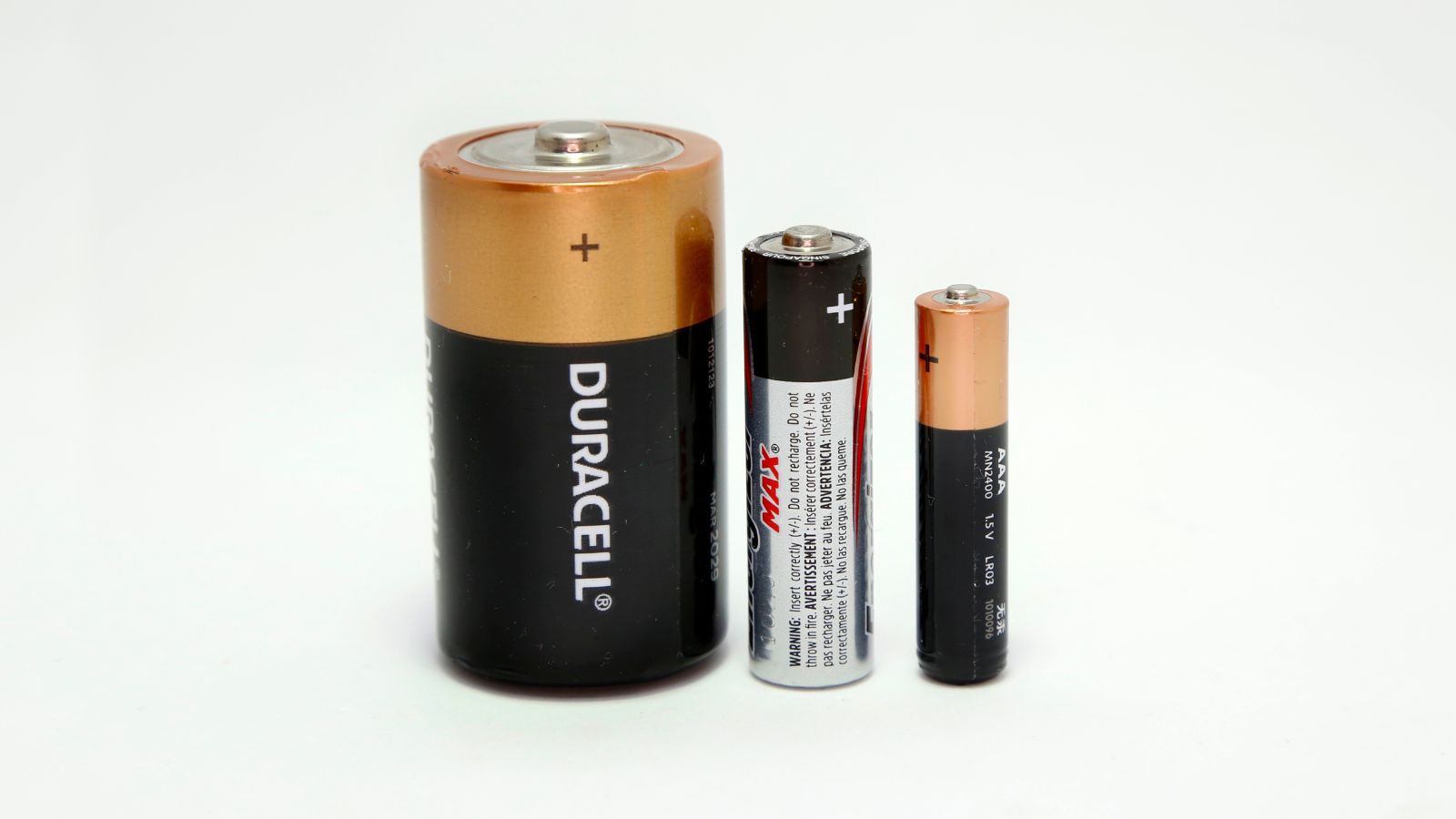
In 1957, engineer Lewis Urry invented the alkaline battery while working for Eveready in Ontario. His innovation replaced acidic electrolytes with alkaline ones, dramatically extending battery life. The design quickly became the global standard, powering radios, toys, flashlights, and later, portable electronics. Urry’s prototype is preserved in the Smithsonian Institution as a tribute to his contribution. His work made portable power reliable, transforming how we use energy on the go and fueling decades of technological advancement.
The Wonderbra (Modern Design)

Montreal designer Louise Poirier reinvented lingerie in 1963 with the Wonderbra 1300 model. Featuring over 50 intricate components, it enhanced comfort, shape, and confidence for women worldwide. The design became a cultural and fashion phenomenon in the 1990s, symbolizing both empowerment and innovation. Unlike early bras, Poirier’s creation combined engineering precision with style, setting new industry standards. The Wonderbra proved that thoughtful design can influence not only fashion trends but also cultural conversations about confidence and self-expression.
The Snowblower

Arthur Sicard built the first functional snowblower in 1925 after witnessing how snowdrifts trapped farmers. His design used a rotating auger to eject snow efficiently from paths and roads. The machine revolutionized winter maintenance, especially in heavily snowed regions. Municipalities quickly adopted industrial versions, while smaller models became household staples. Sicard’s invention made winter more manageable and productive, eliminating a key barrier to daily life in cold climates. It remains a testament to Canadian practicality meeting necessity.
The BlackBerry Smartphone

Mike Lazaridis and Douglas Fregin launched the BlackBerry in 1999 under Research In Motion (RIM). It was the first widely adopted handheld device with secure wireless email and internet connectivity. The BlackBerry transformed global communication for professionals, governments, and businesses. At its peak, it was synonymous with productivity and security. Though later overtaken by touch-screen smartphones, BlackBerry’s influence on mobile design and encryption standards remains immense. It marked Canada’s entry into the digital revolution.
The Instant Replay

In 1955, CBC technician George Retzlaff introduced instant replay during a hockey broadcast. The innovation let audiences rewatch crucial moments seconds after they happened, changing live sports forever. It added a new layer of excitement, analysis, and fairness to games. The idea evolved into slow-motion and multi-angle replays used in sports and entertainment globally. Retzlaff’s contribution redefined television broadcasting, making viewers active participants in the action rather than passive spectators.
21 Products Canadians Should Stockpile Before Tariffs Hit

If trade tensions escalate between Canada and the U.S., everyday essentials can suddenly disappear or skyrocket in price. Products like pantry basics and tech must-haves that depend on are deeply tied to cross-border supply chains and are likely to face various kinds of disruptions
21 Products Canadians Should Stockpile Before Tariffs Hit
